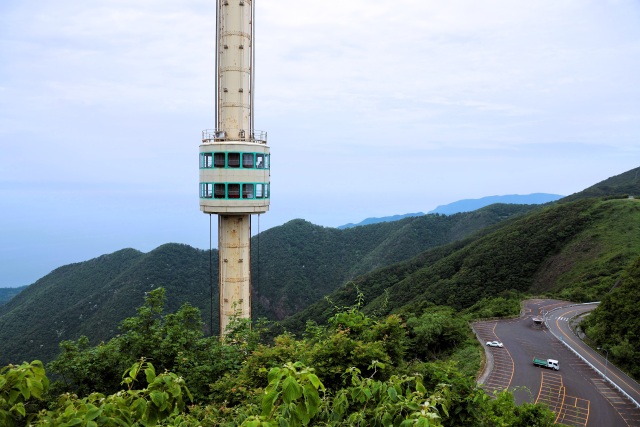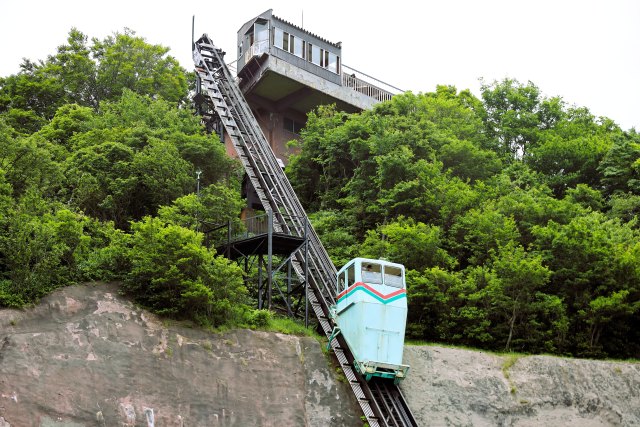Do you remember when I introduced Seibu Railway’s new train, which had been purchased second-hand from Odakyu Electric Railway? Three months have passed since then, and Seibu has now put this commuter train into commercial operation under the name “Seibu” 8000 series (see the top photo).
Let me first review the history of this train during the Odakyu era. The Seibu 8000 series originally debuted as the EMU “Odakyu” 8000 series in 1983. A total of 32 sets, 160 units, were built by Nippon Sharyo, Tokyu Sharyo, and Kawasaki Heavy Industries. It is the oldest train still operating on the Odakyu line, and is also known as the last steel-bodied commuter train on the line. Incidentally, after renovation, the 8000 series was equipped with a variable frequency drive electric control system.
Forty-one years later, it was decided that seven sets, 42 units in total, of the Odakyu 8000 series would be transferred to Seibu Railway. This helps Seibu reduce the cost of acquiring new trains. In addition, maintenance costs will also be lower, since the 8000 series is already equipped with a variable frequency drive system, which, as you know, reduces electricity consumption.
Lastly, please don’t forget that the EMU Odakyu 8000 series is still in operation on the Odakyu line (see the photo below). This makes railfans like me happy, as we can ride and compare both the Odakyu 8000 and the Seibu 8000 series. I hope both versions of the 8000 series will continue running for as long as possible.


















